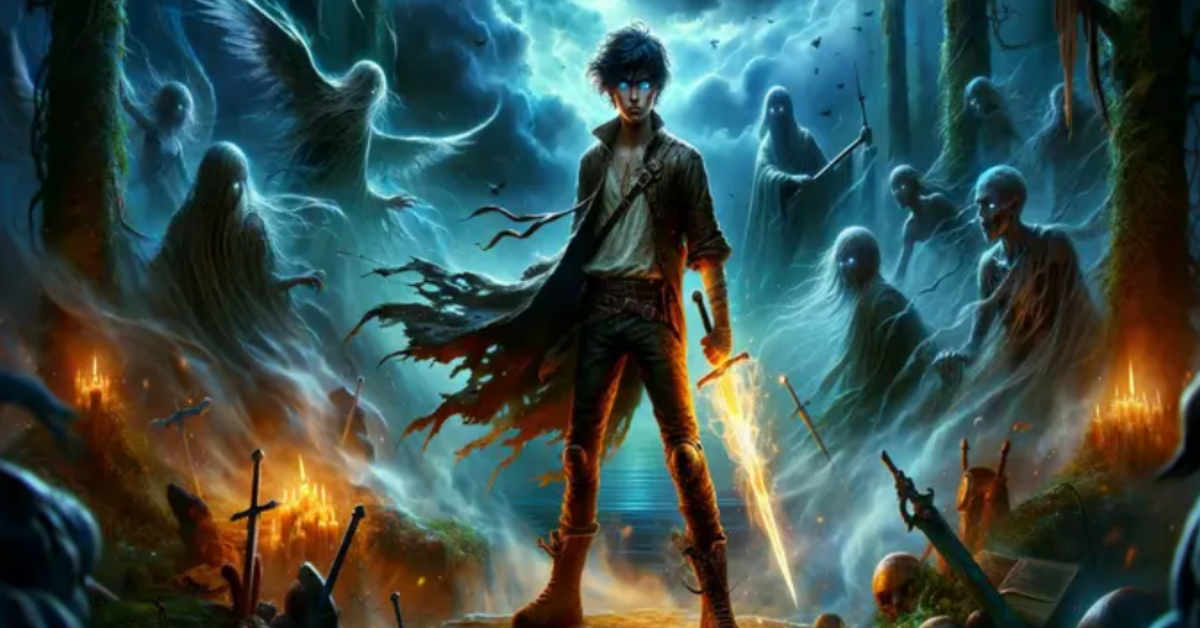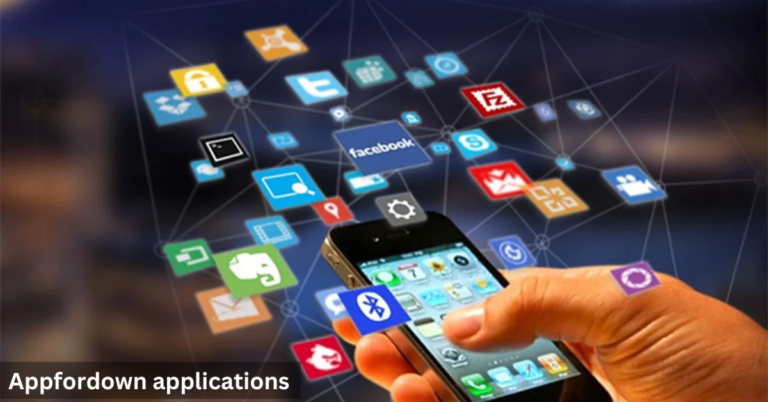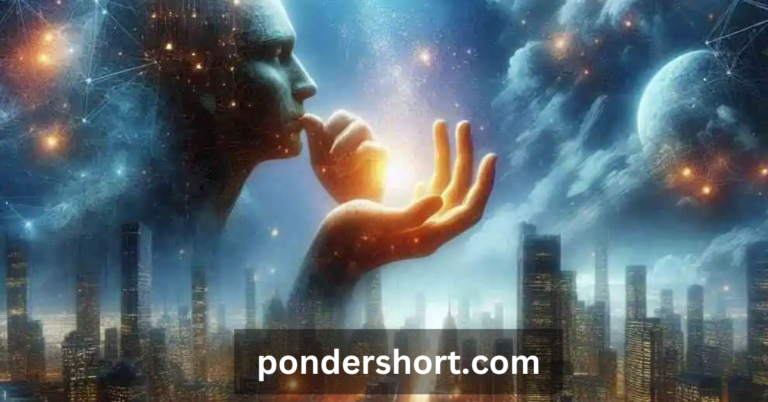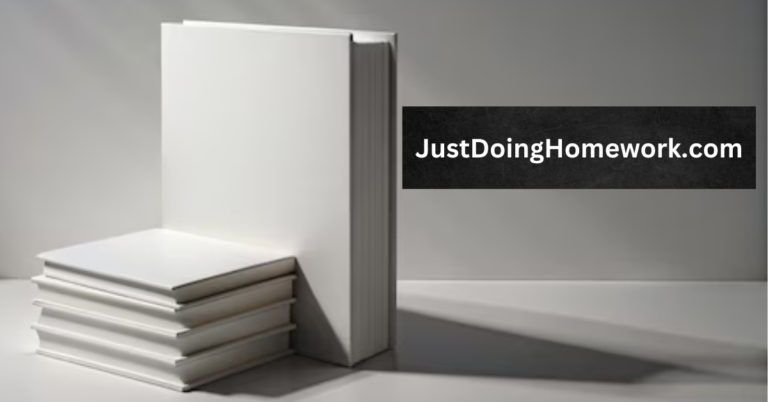The Disowned Child: Chronicles of Unleashed Divine Bloodlust
The Disowned Child: Chronicles of Unleashed Divine Bloodlust is a captivating narrative woven into the fabric of mythology, exploring themes of betrayal, divine power, and the quest for redemption. This tale transports readers into a world where celestial beings and mortals clash, revealing the deep emotional struggles faced by those born into divine heritage. Through the lens of this mythology, the story encapsulates the pain of rejection and the fierce determination to reclaim one’s identity.
Why Tales of Divine Wrath and Redemption Resonate Today
The allure of stories like The Disowned Child: Chronicles of Unleashed Divine Bloodlust lies in their universal themes of acceptance, vengeance, and transformation. These narratives resonate deeply with contemporary audiences, reflecting our struggles with rejection and the desire for redemption. As we navigate our lives, the echoes of these ancient tales remind us that even amidst chaos, there is always the potential for hope and change.
The Origins of the Disowned Child
The Divine Bloodlines: Birthright and Burden
The narrative of The Disowned Child: Chronicles of Unleashed Divine Bloodlust begins with the exploration of divine bloodlines. The protagonists often emerge from a lineage marked by both extraordinary power and overwhelming expectations. The weight of this heritage serves as both a blessing and a curse, setting the stage for the internal conflicts that shape their journey.
In these stories, characters grapple with their birthright, struggling to fulfill the lofty expectations placed upon them by their divine parents. This intricate dynamic highlights the burden of celestial heritage and the inherent conflict between divine potential and mortal limitations.
Mythological Background: Gods, Mortals, and Forbidden Unions
The mythology surrounding The Disowned Child: Chronicles of Unleashed Divine Bloodlust often reflects the complex relationships between gods and mortals. Forbidden unions, such as those between deities and humans, create a new generation that embodies both celestial greatness and human vulnerability.
This duality is richly illustrated in myths across cultures, from Greek tales of Persephone and Hades to Norse stories of Thor. These narratives underscore the tragic fate of the disowned child, caught in the tumultuous intersection of two worlds, where expectations and identity are constantly at odds.
The Role of Prophecy in the Disowned Child’s Destiny
Prophecy plays a pivotal role in The Disowned Child: Chronicles of Unleashed Divine Bloodlust, often serving as a harbinger of both hope and despair. The foretold destinies of these children can guide their paths or cast shadows over their lives, creating a tension between fate and free will.
For example, in the myth of Achilles, his destiny as a great warrior intertwines with a prophecy foretelling his early death. This awareness of fate compels the disowned child to make choices that ultimately define their legacy, raising questions about the power of destiny versus personal agency.
Rejection and Betrayal: Catalysts for Divine Wrath
Understanding the Power of Rejection in Mythology
Rejection serves as a central theme in The Disowned Child: Chronicles of Unleashed Divine Bloodlust, acting as a catalyst for divine wrath. The feelings of abandonment can propel these children into a cycle of anger and vengeance, as they grapple with the emotional scars left by those who have shunned them.
The story of Medusa illustrates this theme powerfully; once a beautiful maiden, her transformation into a monstrous figure is a direct consequence of betrayal. This transformation underscores how rejection can warp a child’s identity and fuel a thirst for revenge.
How Betrayal Shapes the Disowned Child’s Path
Betrayal is an inescapable reality in the journey of The Disowned Child: Chronicles of Unleashed Divine Bloodlust. The experience of betrayal—whether from parents, friends, or society—can deeply impact the child’s path, leading to a profound sense of isolation and anger.
Tales like that of Cain and Abel emphasize the destructive nature of betrayal, where familial bonds are severed, resulting in tragic consequences. Such stories illuminate how betrayal can serve as a turning point, propelling the disowned child toward a darker, more vengeful destiny.
Divine Bloodlust Unleashed: Consequences of Neglect and Abandonment
When the disowned child’s wrath is unleashed, the consequences can be dire. The Disowned Child: Chronicles of Unleashed Divine Bloodlust vividly illustrates how neglect and abandonment can awaken a catastrophic desire for revenge. This wrath often spirals out of control, resulting in chaos that affects entire realms.
The Furies, in Greek mythology, serve as embodiments of this wrath, relentlessly pursuing those who have committed heinous acts. These narratives serve as powerful reminders of the ramifications of neglect, showcasing how unchecked emotions can lead to divine punishment.
Awakening Divine Power
The Moment of Transformation: Power Realized
A pivotal moment in The Disowned Child: Chronicles of Unleashed Divine Bloodlust is the awakening of divine power. This transformation is often portrayed as a profound realization of the child’s latent abilities, marking a turning point in their narrative. The exhilaration of this newfound power can be intoxicating, providing a sense of agency amidst their struggles.
Characters often experience a dramatic revelation, unlocking powers that reflect their inner turmoil. This moment can evoke awe and fear, creating anticipation for the conflicts that lie ahead as the disowned child navigates their identity and responsibilities.
Symbolism of Wrath: Rage as Both Strength and Weakness
In The Disowned Child: Chronicles of Unleashed Divine Bloodlust, wrath emerges as a complex symbol. While it can empower the disowned child, granting them the ability to challenge their foes, it simultaneously exposes their vulnerabilities. The struggle to harness this rage becomes a central theme, highlighting the duality of power and morality.
For instance, Thor’s hammer represents divine strength that, when wielded in anger, can lead to both protection and destruction. This duality encourages readers to reflect on their own experiences with anger and the choices that define their destinies.
Depictions of the Disowned Child in Action: Mythical Abilities and Powers
The manifestations of divine powers in The Disowned Child: Chronicles of Unleashed Divine Bloodlust are often dramatic and reflective of the character’s emotional state. From controlling elemental forces to invoking divine fury, these abilities illustrate the connection between their emotions and their supernatural powers.
The feats of characters like Hercules showcase not only their physical prowess but also their internal struggles. These depictions create a vivid portrayal of the disowned child’s journey, evoking empathy and understanding from the audience as they witness the character’s trials and triumphs.
The Impact of Unchecked Divine Bloodlust
The Devastating Reach of Vengeance: Kingdoms and Lives Destroyed
The consequences of unchecked divine bloodlust are often catastrophic, leading to widespread devastation. In The Disowned Child: Chronicles of Unleashed Divine Bloodlust, the pursuit of vengeance can blind the disowned child to the collateral damage they inflict, resulting in tragic outcomes that resonate throughout history.
The legend of Ragnarok exemplifies this destructive potential, where divine conflicts culminate in the end of the world as gods unleash their fury. These stories serve as cautionary tales, emphasizing the far-reaching effects of unchecked wrath and the importance of seeking balance.
Lessons from Mythology: The Cost of Divine Retribution
The narratives within The Disowned Child: Chronicles of Unleashed Divine Bloodlust impart valuable lessons about the costs associated with divine retribution. They highlight the necessity for balance and the dangers of excess, serving as a reminder that the pursuit of revenge can consume individuals and lead to their downfall.
In the context of the Trojan War, the pursuit of vengeance brings about immense suffering and loss. Such tales encourage introspection, urging readers to consider the paths they choose and the impact of their actions on themselves and others.
How the Disowned Child’s Wrath Alters the World
The wrath of the disowned child in The Disowned Child: Chronicles of Unleashed Divine Bloodlust holds the power to irrevocably alter their world. As they unleash their divine bloodlust, the consequences extend beyond personal vendettas, affecting entire societies and cultures.
Prometheus’ defiance of the gods, leading to both enlightenment and suffering, poignantly illustrates this theme. These stories reveal the intricate interplay between divine actions and mortal realities, underscoring the profound impact of the disowned child’s choices on the broader world.
The Path to Redemption
Self-Reflection and the Struggle to Forgive
In the heart of The Disowned Child: Chronicles of Unleashed Divine Bloodlust lies the possibility of redemption. The journey toward self-reflection often becomes a crucial turning point for the disowned child. This introspective process allows them to confront their emotions, acknowledge their pain, and begin the healing journey.
Forgiveness is essential in this transformation, whether it’s forgiving themselves or seeking forgiveness from others. This act of letting go can lead to profound changes, allowing the disowned child to redefine their identity beyond vengeance and anger.
Reconciliation with Mortals and the Divine
The path to redemption in The Disowned Child: Chronicles of Unleashed Divine Bloodlust often involves reconciling with both mortal beings and divine entities. This reconciliation is vital for healing and growth, enabling the disowned child to forge connections and restore balance to their life.
Through these interactions, they can learn valuable lessons about compassion, understanding, and the importance of community. These themes resonate with contemporary audiences, illustrating the universal need for acceptance and connection, regardless of one’s background or past actions.
Finding a New Identity: From Vengeance to Redemption
The journey from vengeance to redemption is a profound transformation depicted in The Disowned Child: Chronicles of Unleashed Divine Bloodlust. As the protagonist grapples with their identity, they must navigate the fine line between the pain of their past and the hope for a better future. This evolution is often marked by pivotal moments that challenge their understanding of power and morality.
By embracing their vulnerabilities and learning from their experiences, the disowned child can redefine themselves beyond their rage. This shift not only signifies personal growth but also embodies the archetype of the tragic hero, offering readers a compelling narrative of resilience and hope. Through their journey, the disowned child becomes a symbol of strength, capable of inspiring others to seek redemption and transformation in their own lives.
Exploring the Archetypes: Tragic Heroes and Antiheroes
The Disowned Child as a Symbol of the Tragic Hero
In The Disowned Child: Chronicles of Unleashed Divine Bloodlust, the protagonist often embodies the archetype of the tragic hero. This character is marked by a noble lineage and immense potential, yet their journey is fraught with challenges stemming from betrayal and divine expectations.
The tragic hero’s internal struggles and moral dilemmas resonate deeply with audiences, allowing them to empathize with the character’s plight. As they navigate their path, the disowned child reflects the human condition—our capacity for greatness intertwined with our flaws and mistakes.
Comparing the Disowned Child with Other Mythical Antiheroes
The disowned child can be compared to other mythical antiheroes, such as Loki from Norse mythology or Achilles from Greek tales. These characters share a common thread of defiance against divine authority and the consequences of their actions.
While the disowned child may initially be driven by vengeance, their journey often leads to self-discovery and redemption, setting them apart from more destructive antiheroes. This nuanced portrayal highlights the potential for growth within every individual, regardless of their past.
Why Audiences Connect with Stories of Redemption and Transformation
The compelling narratives of redemption found in The Disowned Child: Chronicles of Unleashed Divine Bloodlust resonate with audiences for their relatable themes of struggle, hope, and transformation. As viewers witness the character’s journey from darkness to light, they are reminded of their own capacity for change and growth.
These stories inspire audiences to reflect on their own challenges and the importance of seeking forgiveness and reconciliation. In a world that often emphasizes conflict, the themes of redemption and transformation provide a powerful counter-narrative, promoting empathy and understanding.
Modern Interpretations of Divine Bloodlust
How Contemporary Stories Reflect Ancient Myths
The Disowned Child: Chronicles of Unleashed Divine Bloodlust serves as a lens through which we can examine contemporary interpretations of divine bloodlust. Modern storytelling often draws inspiration from these ancient myths, infusing them with contemporary themes of identity, power, and moral complexity.
Television shows, films, and novels frequently revisit these archetypes, exploring the consequences of divine wrath and the quest for redemption. This ongoing dialogue between ancient and modern narratives highlights the timelessness of these themes, as they continue to resonate in today’s cultural landscape.
The Appeal of Divine Revenge and Redemption in Modern Fantasy and Media
The appeal of stories revolving around divine revenge and redemption remains strong in modern fantasy and media. Audiences are captivated by the intense emotional stakes, the struggle between good and evil, and the complexity of characters navigating their destinies.
From epic fantasy series to superhero films, themes of vengeance and redemption play a significant role in shaping narratives that resonate with audiences. These stories reflect our collective desire for justice, closure, and the hope that even the most flawed characters can find a path to redemption.
Why Themes of Power and Forgiveness Continue to Resonate
In an increasingly complex world, themes of power and forgiveness in The Disowned Child: Chronicles of Unleashed Divine Bloodlust remain relevant. As individuals grapple with their own struggles for power and the consequences of their actions, these narratives offer a framework for understanding the importance of empathy and forgiveness.
The juxtaposition of divine power and mortal vulnerability encourages audiences to reflect on their relationships and the impact of their choices. These timeless themes remind us that redemption is always within reach, and that forgiveness can be a powerful force for healing.
Conclusion
The Disowned Child: Chronicles of Unleashed Divine Bloodlust offers profound insights into the human experience. Through the exploration of betrayal, divine power, and the quest for redemption, this narrative encourages us to confront our own struggles and seek forgiveness.
The lessons learned from this tale emphasize the importance of self-reflection and the power of compassion. In a world filled with conflict and division, these messages resonate deeply, reminding us of our shared humanity and the potential for transformation.
As we reflect on the journey of the disowned child, we are inspired to embrace change and seek our own paths to redemption. The story reminds us that no matter how far we may stray, there is always an opportunity to reclaim our identity and redefine our future.
In our lives, we can draw strength from the lessons learned through these ancient tales, fostering resilience and hope as we navigate our own challenges.
The Disowned Child: Chronicles of Unleashed Divine Bloodlust stands as a testament to the enduring power of mythology. Through its exploration of divine bloodlines, betrayal, and redemption, it captures the complexities of the human experience and the universal themes that connect us all.
As we engage with these narratives, we not only entertain ourselves but also gain valuable insights into our own lives, forging connections across time and culture. The timeless nature of these stories reminds us that the struggles we face are shared, and that through understanding and empathy, we can find our way toward healing and transformation.
Frequently Asked Questions
What is The Disowned Child: Chronicles of Unleashed Divine Bloodlust about?
The narrative explores the journey of a child born from divine lineage who grapples with themes of betrayal, vengeance, and the quest for redemption.
How do myths influence modern storytelling?
Ancient myths continue to inspire modern narratives, reflecting universal themes of power, morality, and the complexities of the human condition.
What can we learn from the disowned child’s journey?
The journey emphasizes the importance of self-reflection, forgiveness, and the potential for redemption, offering valuable insights into our own struggles.
How do themes of divine power and forgiveness resonate today?
These themes encourage audiences to reflect on their relationships and the impact of their choices, highlighting the enduring relevance of these narratives.
Stay in touch to get more updates & alerts on Ancient-Artz! Thank you






